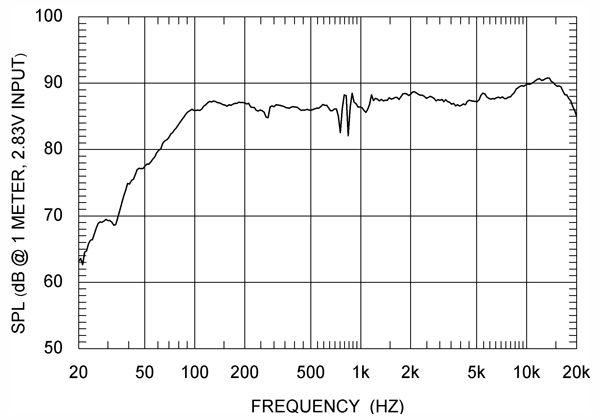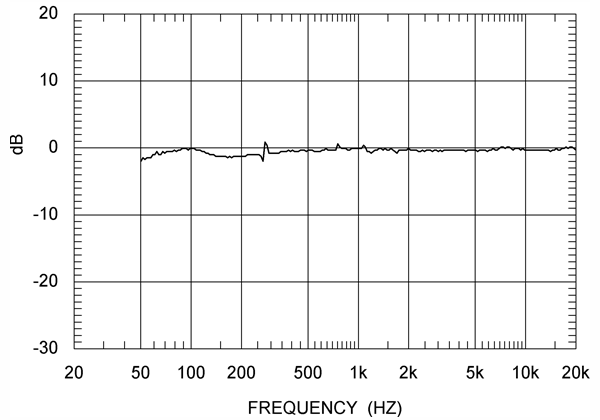Ouch... now I see where the 30
° recommendation comes from... as it takes out that midrange a bit. However, in comparison to their stated specifications:
Frequency Range: 41 Hz – 30 kHz Impedance: 4 Ohm nominal Sensitivity: 91dB / 2.83V@1m
The impedance is right and reasonable, but everything else is stretching things pretty far IMO. If that FR is considered the operating range then it looks like that's a +/- 5dB range at least. And 91dB is definitely a stretch as well (although to be fair I am only
assuming the measurement was taken at 2.83V@1m as well) looks more like 88dB at most - which is still great.
Despite that, I think the only real issue would be that peak in the midrange... the rising highs past 7kHz shouldn't be overly dramatic since hearing is less sensitive there but the midrange would definitely sound forward and colored IMO. Maybe just try to take that 1500Hz area down 2-3dB to start?
They might actually sound
too soft in the highs at 30
° but I would definitely take that over the on-axis levels any day! They would probably be fantastic (even on-axis) for dialog-heavy movies and TV though - on music it would likely depend on what genre you listen to the most.
I wonder if bypassing the passive network and using an active crossover wouldn't allow for significant improvements. It seems like that tweeter is not very well behaved in general - but again, I'm definitely no expert in that area.


